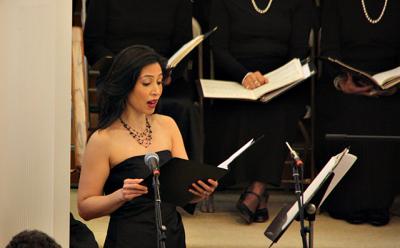Hamptons Film Fest Announces Screenwriters
Hamptons Film Fest Announces Screenwriters
Four screenwriters will come to East Hampton on Friday, April 8, to participate in the Hamptons International Film Festival’s Screenwriters Lab, the festival announced this week.
The writers and screenplays selected are Shane Andries’s “The Delegation,” Cathy Yan’s “Dead Pigs,” and Marshall Curry and Davy Rothbart’s “Biggz.” The mentors they will work with are Debra Granik, the writer and director of the Oscar-winning film “Winter’s Bone”; Michael Weber, the co-writer of “(500) Days of Summer” and “The Fault in Our Stars”; Mike Jones of Pixar, who wrote the English adaptations of the Oscar-nominated films “The Wind Rises” and “The Tale of Princess Kaguya,” and Alexander Dinelaris, a recent Academy Award winner for “Birdman: Or the Unexpected Virtue of Ignorance” and the co-producer of last year’s “The Revenant.”
“The Delegation” is about the 1978 visit to Jim Jones’s cult in Guyana that became the catalyst for hundreds of deaths, including the shooting of a congressman and NBC journalists and a mass suicide by cult members, who drank cyanide-laced grape Kool-Aid. “Dead Pigs” captures modern China and the transformations of the landscape and society that have resulted as thousands of dead pigs float down the Huangpu River. “Biggz” is about a 350-pound rapper from Detroit, who makes ends meet by babysitting and dealing drugs.
Mr. Dinelaris will also present a master class on April 9 at 5:30 p.m., offering his insights into the process that shapes and molds a successful and award-winning script, illustrated with film clips. Registration is required and can be made through the festival’s website.
According to David Nugent, the festival’s artistic director, script submissions for the Screenwriters Lab were up more than 40 percent this year. In a previous announcement, HIFF said a new fund named for Melissa Mathison, a screenwriter for films such as “E.T.: The Extra Terrestrial,” is supporting the participation of screenwriters as well as bringing programs such as the master class to the public.


